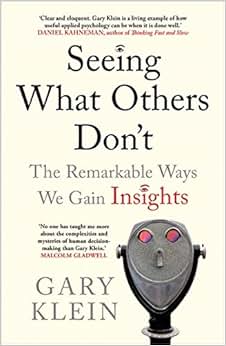What is Pip Trading and Why It Still Matters in Modern Markets
Introduction If you’re stepping into trading, you’ll hear about pips before you hear about dollars. A pip, short for “point in percentage,” is the tiny price move that traders use to measure risk and profit. In most currency pairs, a pip is the 0.0001 change, with yen pairs using 0.01. That small unit becomes powerful when you scale by position size. Pip trading isn’t a gimmick—it’s a practical language for framing volatility, setting realistic stops, and sizing bets across assets from forex to crypto. In today’s web3 world, pip-like measures still anchor risk management, but the arena has expanded to stocks, indices, commodities, and even AI-driven, contract-enabled markets.
What is a pip, and why it matters A pip is the smallest conventional price step that most venues quote. It matters because profits and losses often hinge on pips, not just ticks or dollars. For example, moving 25 pips on a standard 100k lot translates into a meaningful dollar value that traders can plan around. The skill is translating those micro-mmoves into a consistent risk framework—knowing your pip value, your stop size in pips, and how your leverage affects exposure. Smart traders track days’ highs and lows in pips, then convert that into a risk cap you can live with.
Pip trading across assets: forex, stocks, crypto, indices, options, commodities Pips originated in currency markets, but the logic travels. In forex, you calculate pip value directly from price, lot size, and the contract specs. In crypto, exchanges sometimes quote with tighter increments, but savvy traders still think in pip-like steps to map risk. Stocks and indices add another flavor: price moves can be converted into point moves, and options tilt the game by changing delta and implied volatility, where pips become a proxy for time-value decay and gamma risk. Commodities, from oil to gold, often use price ticks that function like pips. Across these realms, trading in “pips” supports consistent risk budgeting, even when the instrument behaves differently.
Features and cautions: risk management, charting, and leverage Key points to absorb: pip-based risk framing helps you fix stops and targets, quantify your daily volatility, and keep emotions in check. Use charting tools to visualize intra-day pip ranges, and set alarms when price hits critical levels. Leverage can amplify results; a little leverage goes a long way if your pip risk is tightly controlled—aim for modest multiples and shrink exposure during high-volatility sessions. Reliability comes from discipline: backtest strategies by plotting pip outcomes, diversify across assets, and avoid overfitting to a single market’s quirks.
Web3, DFIs, and the evolving trading landscape Decentralized finance promises cross-asset hedging and programmable risk controls via smart contracts. The upside is transparent settlement, lower counterparty risk, and peer-to-peer liquidity. The challenge is complexity, throughput, and security: oracles, slippage, and smart contract bugs can eat into pip-based projections. In practice, many traders blend centralized charting and risk dashboards with DeFi liquidity pools and tokenized assets, always mindful of liquidity depth and custody risk. A simple refrain: you can measure risk with pips, but you still need robust infrastructure, secure custody, and realistic expectations about liquidity.
Future trends: smart contracts, AI-driven trading, and broader adoption Smart contracts will automate routine pip-based strategies, constant risk checks, and automated position scaling. AI can analyze multi-asset pip corridors across markets, spotting patterns a human might miss and offering dynamic risk budgeting. Expect more cross-chain trading and better chart integrations that visualize pip risk in real-time. The keyword is resilience: systems that survive hacks, congestions, and slippage while keeping you aligned with your risk tolerance.
Reliability tips and a quick slogan
- Build a plan: decide your max daily pip loss and stick to it.
- Backtest across assets, then demo-trade before real money.
- Use stops in pips, not dollars, to keep risk consistent during volatile sessions.
- Pair AI insights with human judgment; never rely on a single signal. Pip trading isn’t flashy, but it’s a reliable compass in a complex market. “Trade tiny steps, think big picture—pips you can count on.” Think of it as your risk budgeting framework that scales with liquidity.
Closing thought What is pip trading? It’s the disciplined practice of anchoring decisions in precise price moves. Across forex, stocks, crypto, indices, options, and commodities, pips keep you grounded, while technology—from charting tools to DeFi and AI—opens smarter pathways. The future belongs to traders who combine clear pip-based risk with secure infrastructure, smart contracts, and intelligent analytics. Pip trading isn’t a relic; it’s a practical, future-ready way to navigate the markets with confidence.



